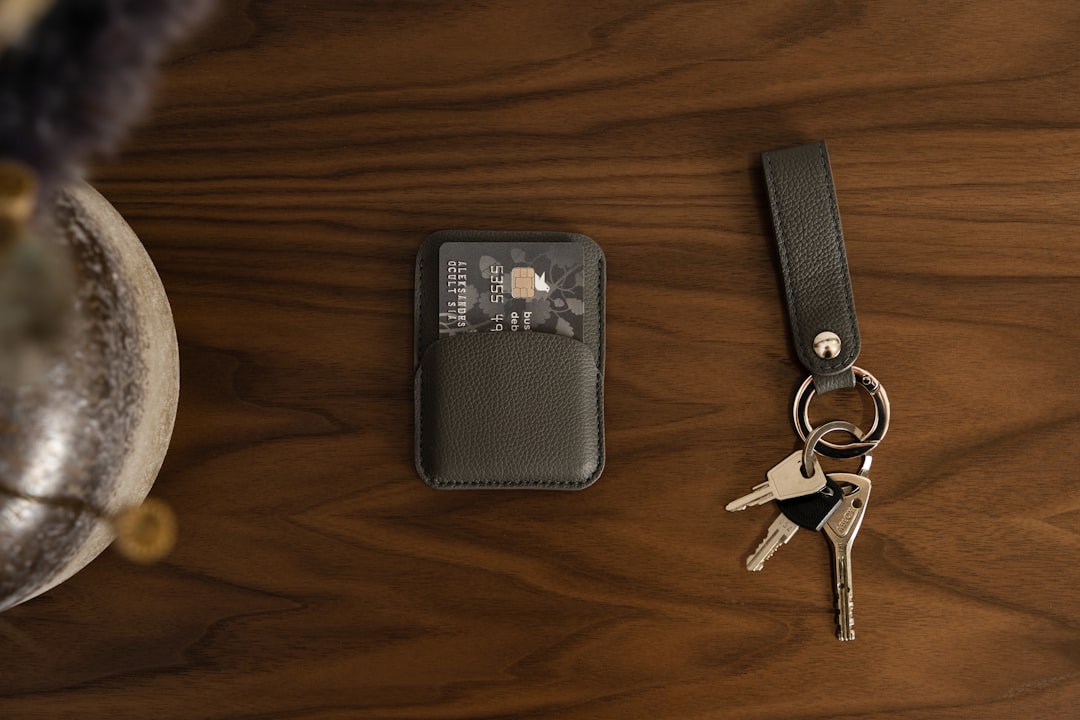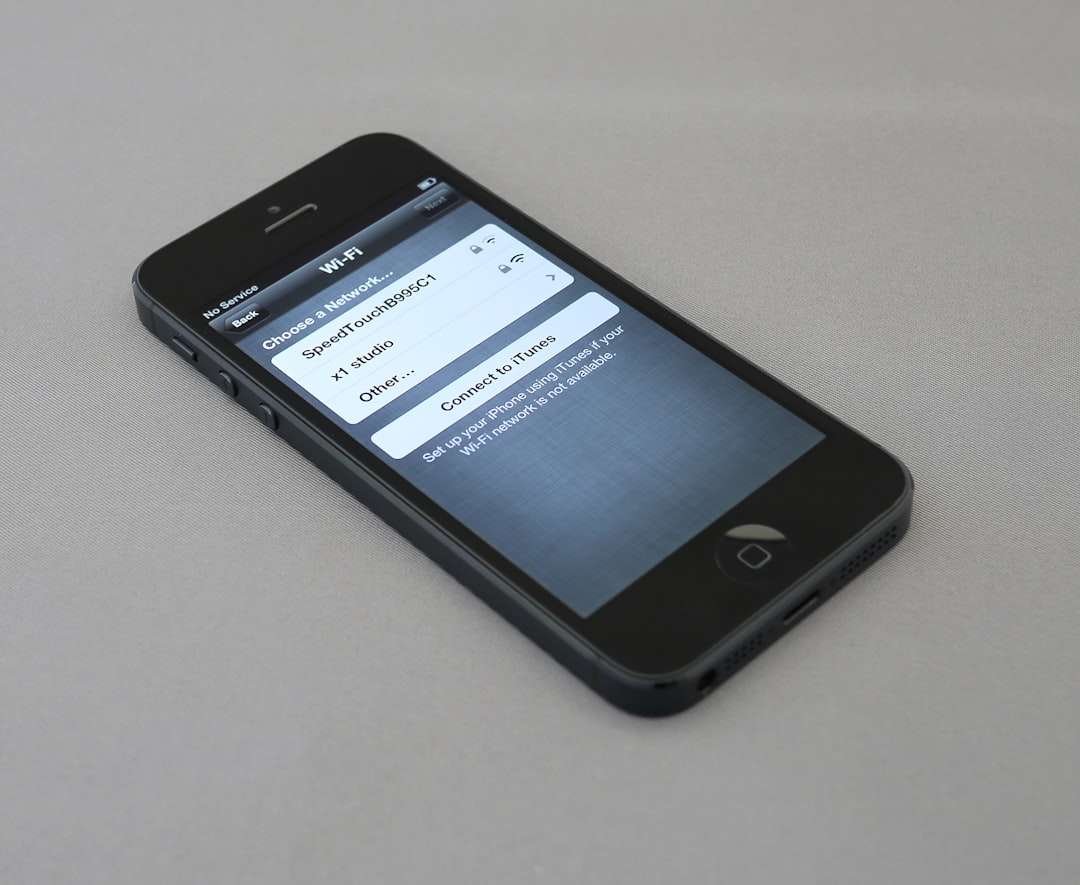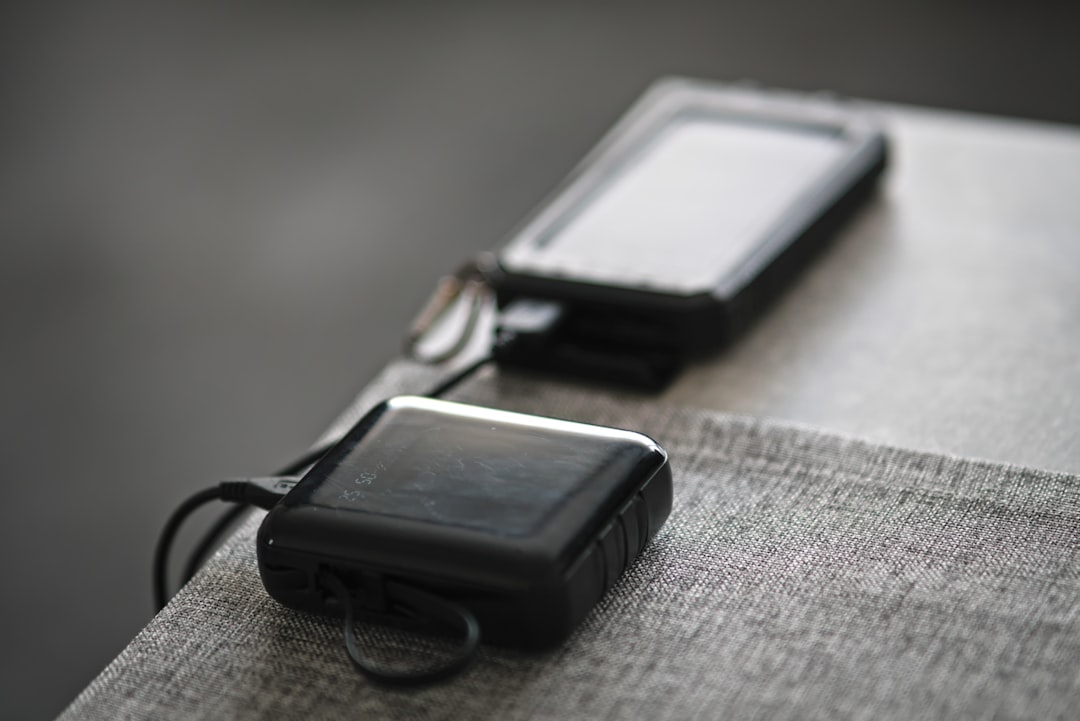Thinking about diving into crypto but not sure where to start? Don’t worry — we’ve got you covered. One of the first steps to becoming a crypto investor is choosing the right wallet. And no, we’re not talking about the one in your back pocket. We mean a crypto wallet, your digital key to buying, storing, and using cryptocurrencies.
For US investors, picking the right wallet might seem a little overwhelming. There are dozens of wallets out there, all claiming to be the best. But don’t sweat it. This guide will walk you through everything you need to know — one simple step at a time.
Step 1: Know What a Crypto Wallet Is
A crypto wallet is a tool that lets you store and manage your digital assets. It doesn’t actually hold coins like a piggy bank — instead, it stores your private keys. These keys are what give you access to your crypto.
There are two main types of wallets:
- Hot wallets: These are always connected to the internet. Think apps, browser extensions, and web platforms.
- Cold wallets: These are offline. Think USB devices and hardware wallets. Super secure, but less convenient.
Step 2: Decide What You Need Your Wallet To Do
Before choosing, ask yourself:
- Do you trade a lot?
- Are you planning to hold long-term?
- Do you need mobile access?
- Want to store NFTs too?
If you’re trading regularly, a hot wallet might be for you. Prefer to HODL (Hold On for Dear Life)? A cold wallet could be a safer bet.
Step 3: Learn the Types of Wallets
Here’s a quick breakdown:
- Exchange Wallets: Built into platforms like Coinbase and Binance. Easy to use, but less secure because these are custodial (they hold your keys).
- Software Wallets: Apps for your phone or desktop. Examples: MetaMask, Trust Wallet.
- Hardware Wallets: Physical devices like Ledger and Trezor. Very secure but cost money.
- Paper Wallets: A piece of paper with your keys on it. Old-school but not super practical for beginners.

Step 4: Pick a Wallet That Works in the US
Some wallets don’t support US investors due to regulations. Make sure you choose one that is fully legal and available in your state.
Popular options that are good for US residents include:
- Coinbase Wallet: Not the exchange! This is their separate self-custody wallet.
- MetaMask: Great for Ethereum tokens and DeFi platforms.
- Ledger Nano X: A top hardware wallet. Works with many cryptocurrencies.
- Trezor Model T: Another excellent hardware choice.
Step 5: Focus on Safety
This is crypto. There are hackers out there.
Look for wallets that offer:
- Two-factor authentication (2FA)
- PIN protection
- Backup and recovery options
- Offline storage
Never share your private keys. Ever. If someone gets those, your crypto is gone. Forever.
Step 6: Check Compatibility with Coins
Not every wallet supports every coin. Some are designed for Bitcoin only. Others let you store hundreds of different tokens.
Make sure the wallet supports:
- Bitcoin (BTC)
- Ethereum (ETH)
- All the altcoins you’re planning to invest in
- Stablecoins like USDC or USDT, especially if you’re looking for less volatility
Step 7: Try Before You Buy
Many software wallets are free. Test one out before making a big commitment. See if the interface makes sense. Is it simple? Fast? Does it feel safe?
For hardware wallets, check online reviews. Watch YouTube tutorials. Ask on Reddit or Twitter what other users think before spending $100+.
Step 8: Think About Ease of Use
You shouldn’t need an engineering degree to use a wallet. Modern crypto wallets are becoming more beginner-friendly.
Ask yourself:
- Is it easy to send and receive crypto?
- Does it show your balances clearly?
- Can you track historical transactions?
- Does it come with a mobile app?

Step 9: Consider Extra Features
Some wallets offer cool extras:
- Built-in swaps: Trade between coins without leaving
- Staking: Earn rewards for holding certain coins
- DeFi access: Connect to decentralized apps
- NFT support: Store digital collectibles and artwork
While these are fun, don’t let them distract you from security and reliability.
Step 10: Don’t Forget About Customer Support
When things go wrong, you’ll want help fast. Especially if real money is involved.
Look for:
- 24/7 support teams
- Helpful FAQs and documentation
- Live chat or human support (avoid those bots!)
Top Crypto Wallets Loved by US Investors
To wrap things up, here’s a shortlist of wallets that play well with Americans.
- Ledger Nano X: Super secure, supports wide range.
- MetaMask: Best for Ethereum world (and web3).
- Trust Wallet: User-friendly, holds many coins.
- Coinbase Wallet: Easy entry for newbies, great mobile app.
- Trezor Model T: Open-source, secure, and solid performance.
Make sure to compare fees, features, and security before deciding.
Bonus Tips for Wallet Safety
- Use a strong password no one can guess (try a passphrase!)
- Always write down your recovery phrase and store it offline in a safe place
- Never store large amounts on a hot wallet
- Update your software regularly
Final Thoughts
Picking a crypto wallet is kind of like choosing a bank — it needs to be secure, reliable, and fit your lifestyle.
Start with a free software wallet. Get comfortable. Then, if you’re serious about investing big, consider buying a hardware wallet for extra peace of mind.
Now you’re ready. Your first digital wallet is just a few clicks away!




